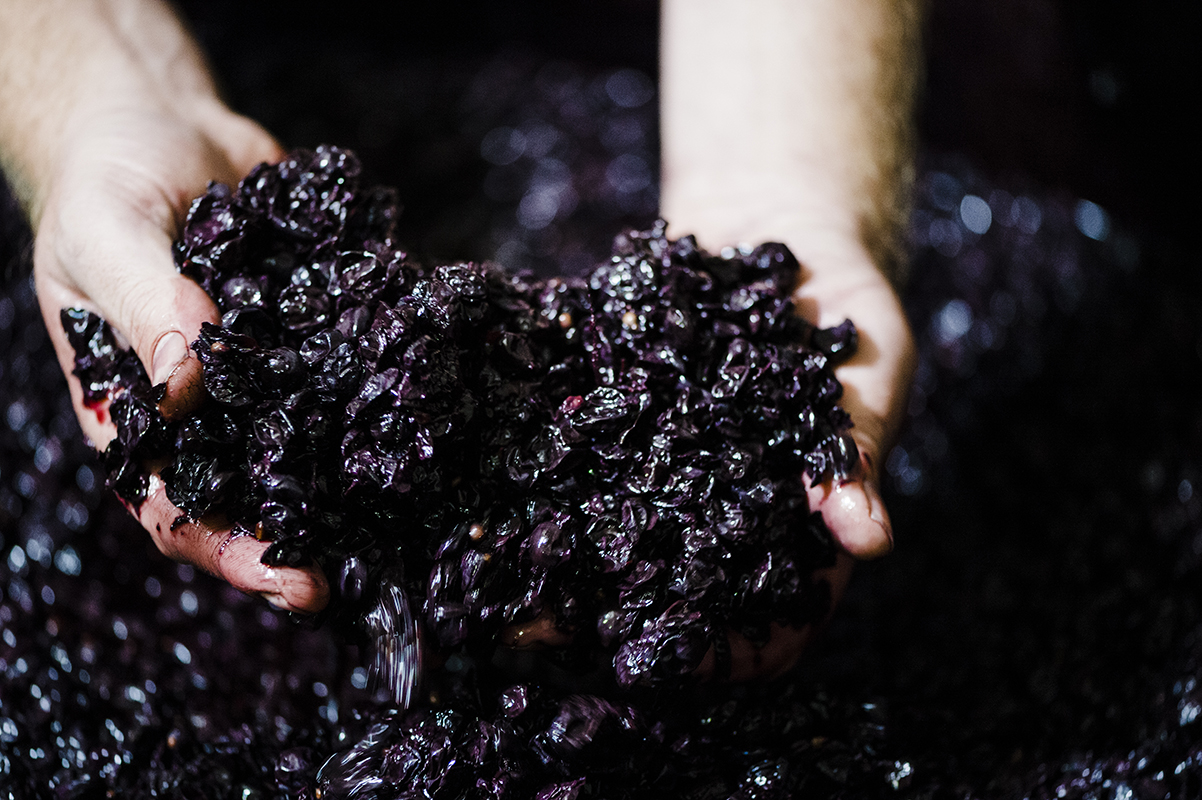 Vintage. Arguably the most important date on any vignerons’ calendar, it’s when the culmination of a whole year’s worth of decision making gets picked and turned into the fine drops of wine we’ve come to know and love.
Vintage. Arguably the most important date on any vignerons’ calendar, it’s when the culmination of a whole year’s worth of decision making gets picked and turned into the fine drops of wine we’ve come to know and love.There’s certain things that producers can control every year, but it’s the things they can’t – vintners are at the mercy of the weather gods, who effect everything from grape ripening to vine health – that makes winemaking so complex and challenging.
As this year's vintage starts to hit the shelves, let’s reflect on this year's harvest.
A late start to harvest
The Margaret River Wine Region kicked off the year with a late harvest, starting in early March and continuing on into late April-early May – two to three weeks later than previous years.
A drop in temperature
So why the late harvest? It’s due to the drop in average temperature recorded during the months prior to vintage. Since August 2018, temperatures in the Margaret River region have been slightly cooler than annual averages logged in the region between 2010 and 2018. This is in stark contrast to weather patterns in other states’ wine regions, most of which experienced warmer climates/heat waves at the beginning of this year.
A cool advantage
“The mild, cooler weather experienced during late 2018 has been quite beneficial for ripening, while the heavy rain incident in January 2019 had no negative effect on the vines, but instead recharged the soil water for the later ripening varieties,” says Margaret River Wine Association Chief Executive Officer Amanda Whiteland. Vignerons have noted parallels with the region’s 2017 vintage, with white varieties exhibiting natural acidity and varietal characteristics well preserved by cool, extended ripening conditions.
A lower yield, but strong consistency
There was a complete absence of Marri blossom in the region, which saw pressure on crops from hungry bees, silver eyes, red cheeked honey eaters and parrots. Along with mild summer temperatures, this resulted in grape yields lower than last year, but harvested crops are showing a consistent quality that the region has long been renowned for.
A strong vintage for white varieties
Thanks to unseasonable rains in January, which helped freshen up white grapes during their final ripening phase, a strong Chardonnay vintage has been recorded by most producers, with good fruit intensity and ferments looking promising. Semillon and Sauvignon Blanc are also showing great flavour for producers that braved the region’s weather events.
A long stint for red
Red varieties were set up for a long stint of tannin ripening, with vine canopies in great shape. Winemakers were thankful for beautiful weather until the end of April that allowed their red varieties to grow and develop a full ripeness prior to picking.
See the Margaret River 2019 Vintage Report here.
